25. October, 2023delish0
Self-adhesive materials generally consist of three parts: surface material, adhesive and backing paper. However, from the perspective of manufacturing process and quality assurance, self-adhesive materials are composed of seven parts: surface coating, surface material, coating bottom layer, adhesive, release coating, backing paper, back coating or back printing. Die-cutting of self-adhesive materials is different from traditional printing materials, such as paper die-cutting, which is to cut the material as a whole. Die-cutting of self-adhesive materials simply cuts the surface material and adhesive layer, retains the silicone oil coating on the backing paper and surface, and then retains the die-cut label on the backing paper.
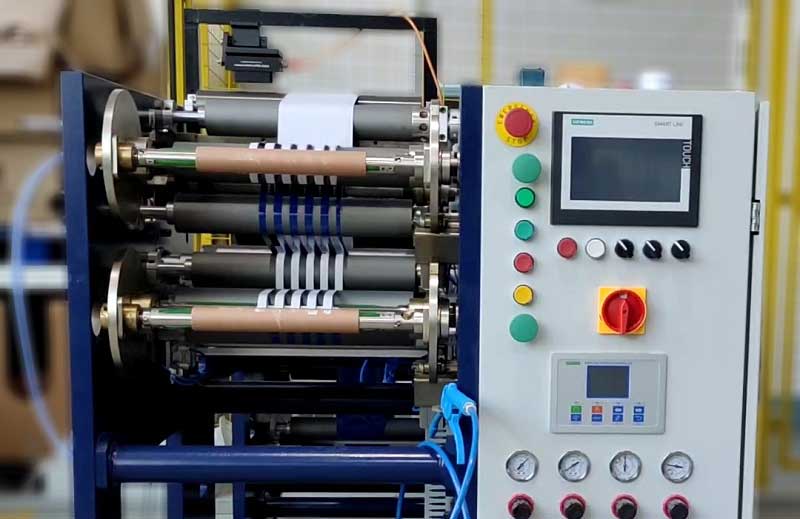
The die-cutting quality of self-adhesive materials is related to various factors such as die-cutting method, die-cutting device accuracy, and die-cutting version accuracy. The die-cutting quality is also related to the characteristics of the self-adhesive material, such as the different properties of facial paper, adhesive and backing paper, and the die-cutting characteristics of various self-adhesive materials are also different.
Therefore, the following is a brief description of the effects of self-adhesive fabrics, adhesives and backing papers on the quality of die-cutting.
1. The type of surface material
Surface materials can be divided into two categories: paper and film. The cutting principle of ordinary paper is slightly different from that of film materials. When die-cutting, the surface material and adhesive must be cut together. The die-cut paper material is the result of the combined cutting of the tool and the force fracture of the paper. When the blade cuts down, the paper is squeezed to the sides, so the die-cutting accuracy of the paper material is not very high. When analyzing the sample, we will see some labels with burrs, which is the phenomenon of coarse, natural fracture of the material fibers.
Based on the die-cutting characteristics of paper materials, the angle of flattening die-cutting blades is usually 520, taking into account the wear of the blade. If the angle is large, the extrusion deformation of the material will be large, and the horizontal separation will aggravate the fracture and separation of the material.
Die-cutting of thin film materials is a process of complete cutting and penetration. Since most film materials are tough and do not break naturally, they must be completely cut or cut to a thickness of four-fifths or they will peel off with the label.
The blade of the die-cut film material should be sharp and hard. Using a small angle die cutter, the blade angle is usually 30-42 degrees. If a large-angle die-cutting knife is used, not only is it difficult to die-cut, but if the blade is not sharp, it will also cause the surface material not to penetrate, the backing paper to break, resulting in the edge of the finished label being flanged, resulting in glue seepage. In short, the accuracy of die-cut film is higher than that of paper materials.
2. The strength of the surface material
The strength of the surface material is related to the thickness of the surface material, the fiber (polymer) structure and its own humidity. During the die-cutting process of self-adhesive materials, the main factor related to the surface material is the discharge rate. The higher the ambient humidity, the weaker the strength of the material after moisture, and it is easy to break or even discharge waste. When designing the layout, the emission size and discharge speed of the label should be reasonably arranged according to the strength of the material.
3. The thickness of the surface material
The thickness of the material directly affects the depth of the die-cutting. The thicker the material, the easier it is to die-cut. Relatively speaking, the material is thin and prone to the failure of the cutting paper. For example, 80g/m2 and 60g/liner of the same fabric m2 are die-cut on the same flat press label die cutting machine. The result is a normal die-cut emission of 80g/at 60g. /When die-cutting, M2 material often has waste breakage. The liner is cut off labels, and there is frequent downtime and a lot of waste. If you use circular die cutting or reduce the die cutting area, use high-precision equipment, etc. , this phenomenon can be reduced or avoided.
In the production of self-adhesive labels, die-cutting is a very important link, and die-cutting quality directly affects product quality. In actual production, due to the influence of many factors, this ideal situation is difficult to achieve, various die-cutting quality problems often occur, excellent die-cutting indicators are the goal that the process needs to achieve.

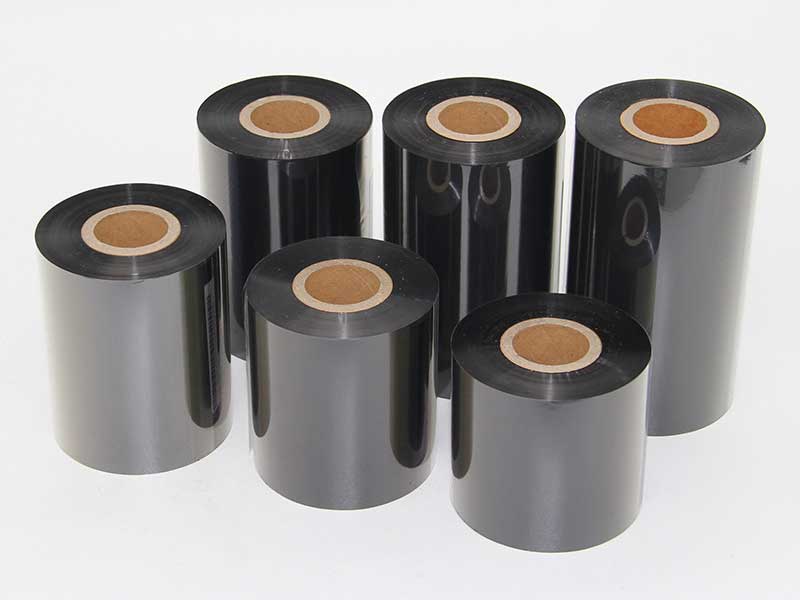
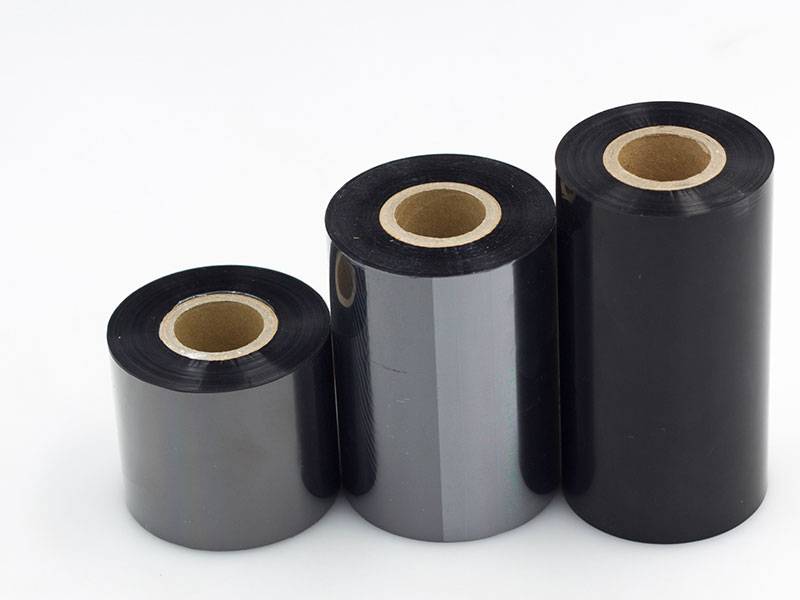
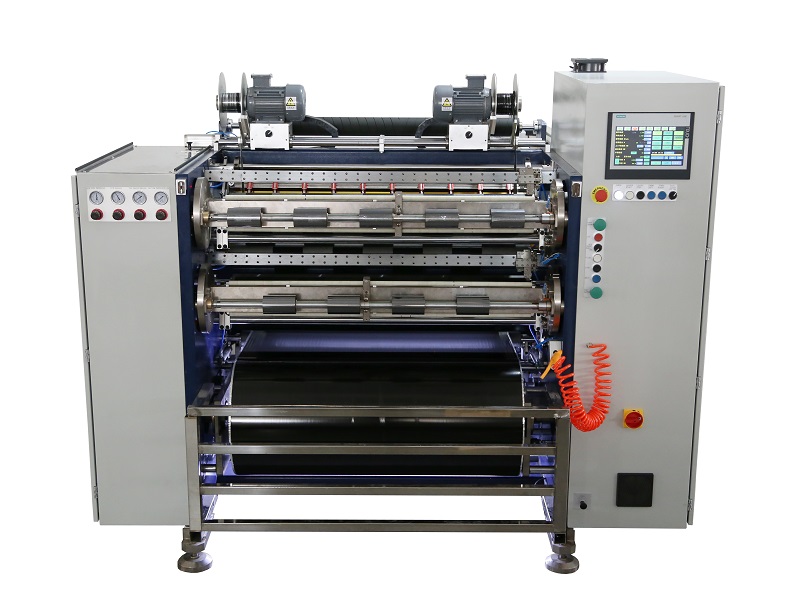 Fully Automatic TTR Slitter RSDS8 Plus
Fully Automatic TTR Slitter RSDS8 Plus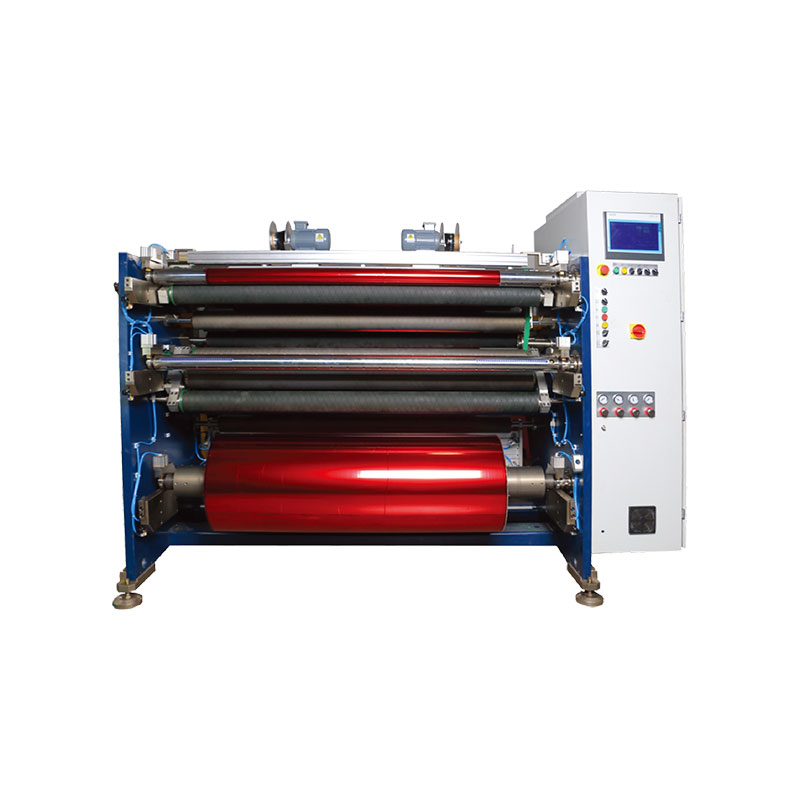 Hot Stamping Foil Slitter 1600mm
Hot Stamping Foil Slitter 1600mm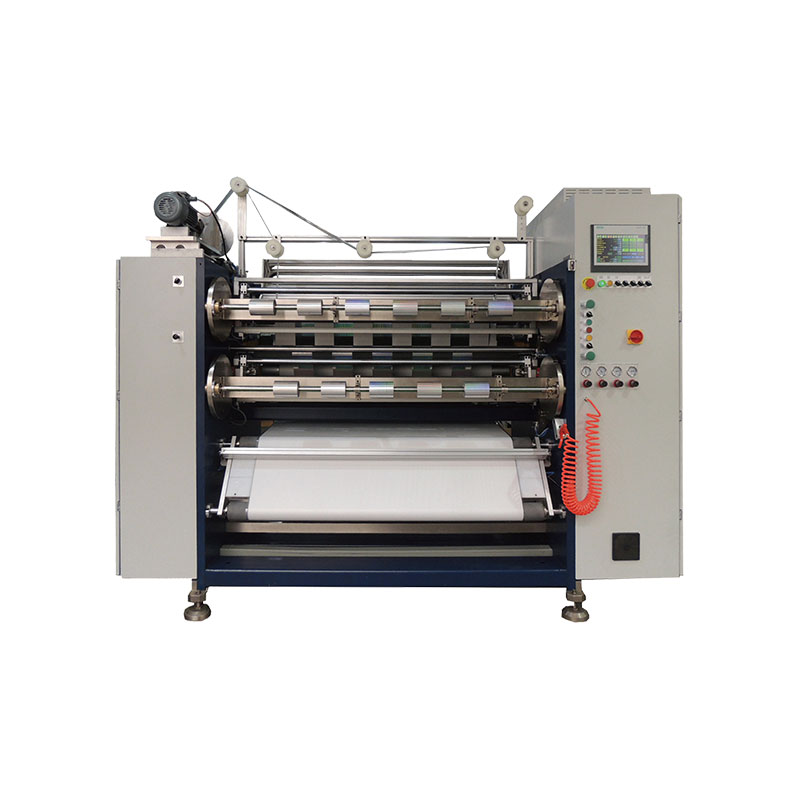 Hot Stamping Foil Slitter (4 Shafts)
Hot Stamping Foil Slitter (4 Shafts)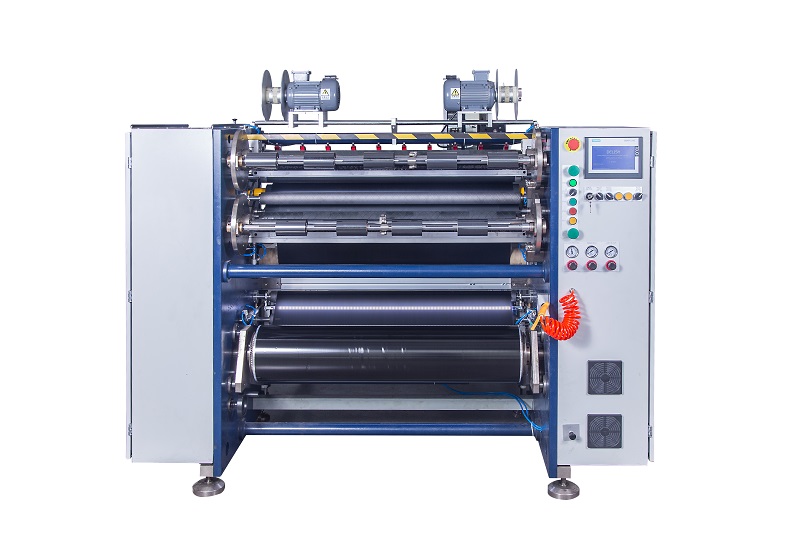 Semi-Auto TTR Slitter RSDS2 Plus
Semi-Auto TTR Slitter RSDS2 Plus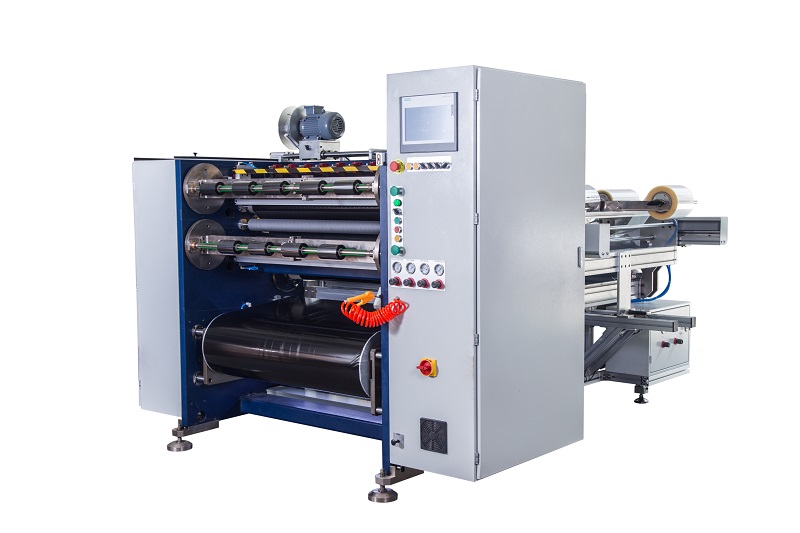 Semi Automatic TTR Slitter RSDS5 Plus
Semi Automatic TTR Slitter RSDS5 Plus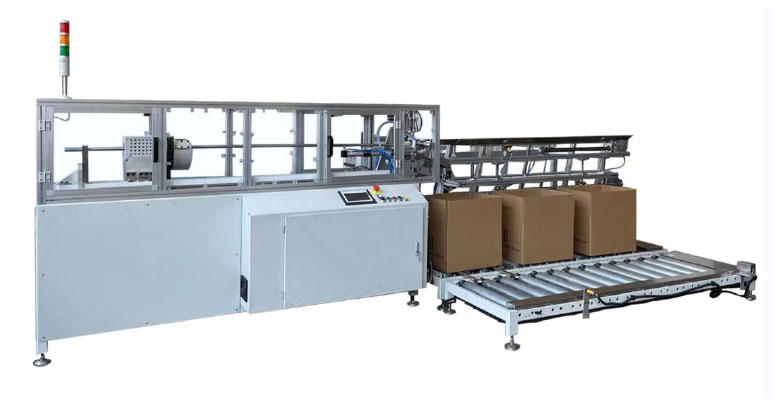 Auto Paper Core Cutter
Auto Paper Core Cutter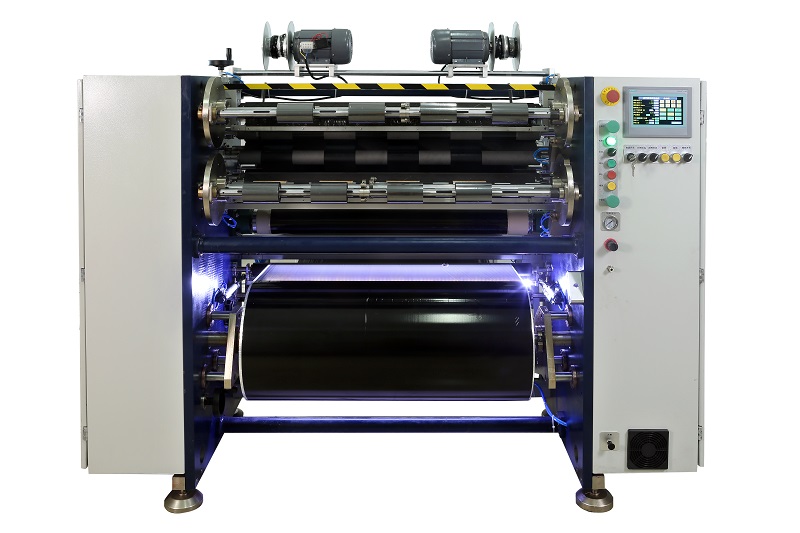 Manual TTR Slitter RSDS2
Manual TTR Slitter RSDS2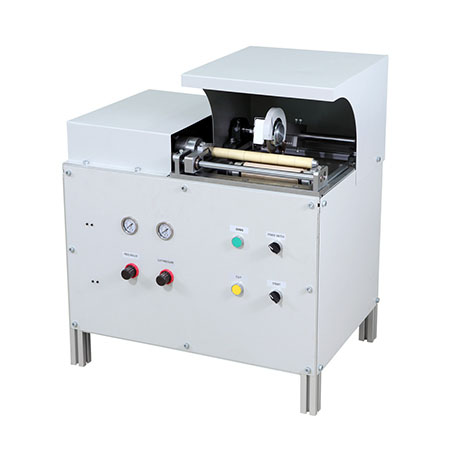 Manual Paper Core Cutter
Manual Paper Core Cutter





